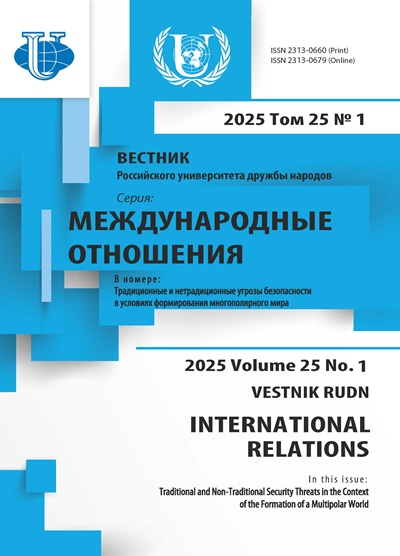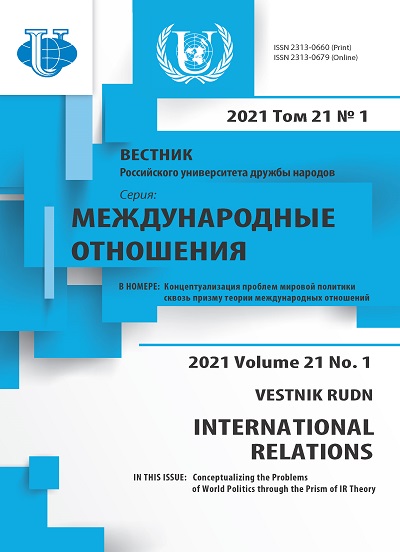Abstract
This paper uses the method of applied analysis of regional complexes developed at the Centre for Comprehensive Chinese Studies and Regional Projects, MGIMO University (Moscow, Russia). Its scientific relevance is defined by the importance of understanding the international and political situation in and around Myanmar. The aim of this study is a scientific exploration of the Rohingya crisis by means of applied methods of regional analysis, designed by the author. This methodology aims to trace scenarios of the development of international and political situations in the region based on the types of interactions within the Southeast Asian regional complex. The article offers the author’s own definition of regional complex that builds on the works of Alexei D. Voskressenski, introduces an algorithm of scenario analysis, outlines six “ideal” types of regional complexes, and defines stable and unstable types of regional complexes. The first part of the article is devoted to current approaches in the study of regional problems in International Relations and World Regional Studies; the second part describes the author’s conception of applied international political analysis of regional complexes; and the third part contains an example of the application of scenario analysis to specific regional and domestic affairs - in this case, the contemporary situation in Myanmar’s Rakhine State. The research yields the following results: 1) by using a combination of the methods of news monitoring and event analysis, the author collected information on political processes in Rakhine over the last five years; 2) this information was arranged according to the matrix compiled by the author, which characterized the situation development according to the negative (-5…-1) and positive (+1…+5) scenarios; 3) based on the results of the aforesaid analysis, the author comes to a conclusion on the character and intensity of the Rohingya crisis and describes possible ways of its settlement.













